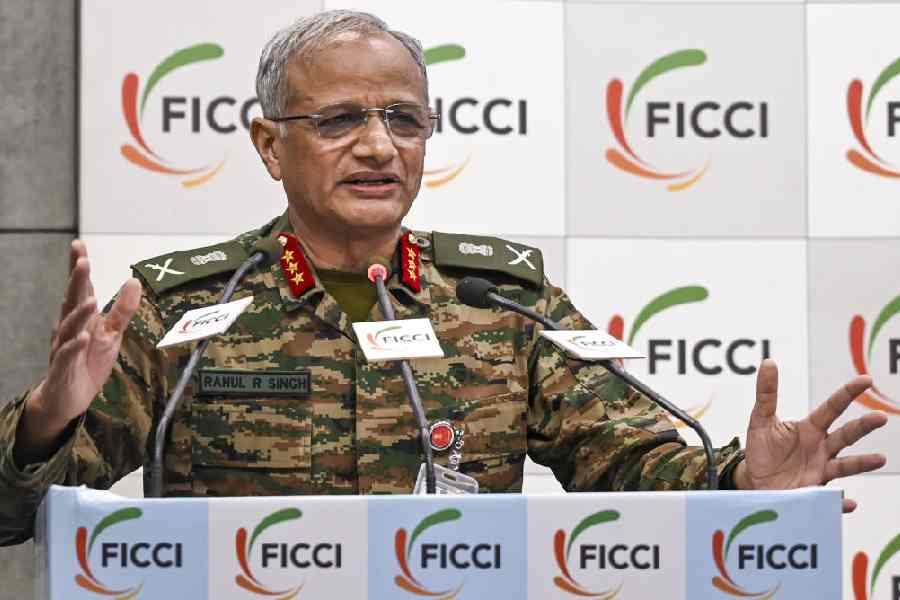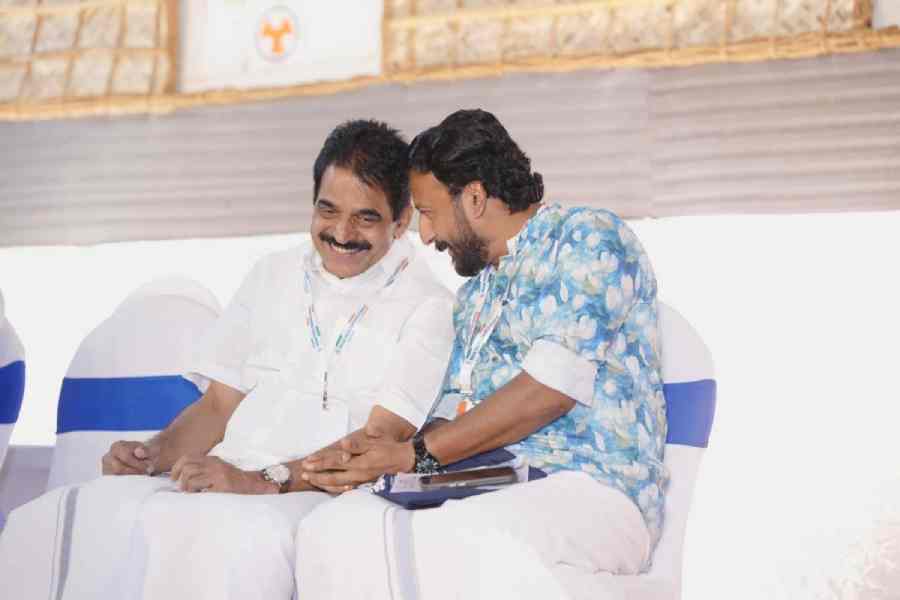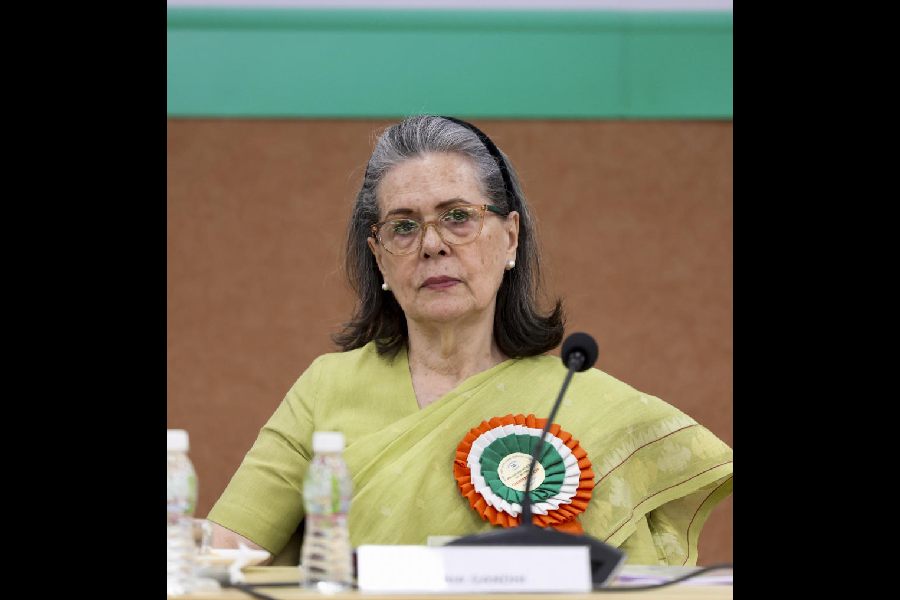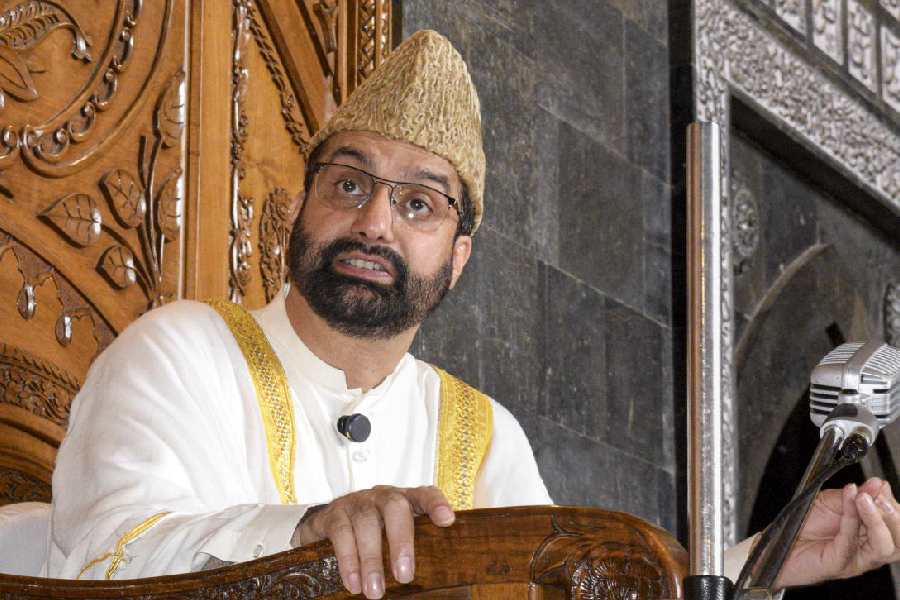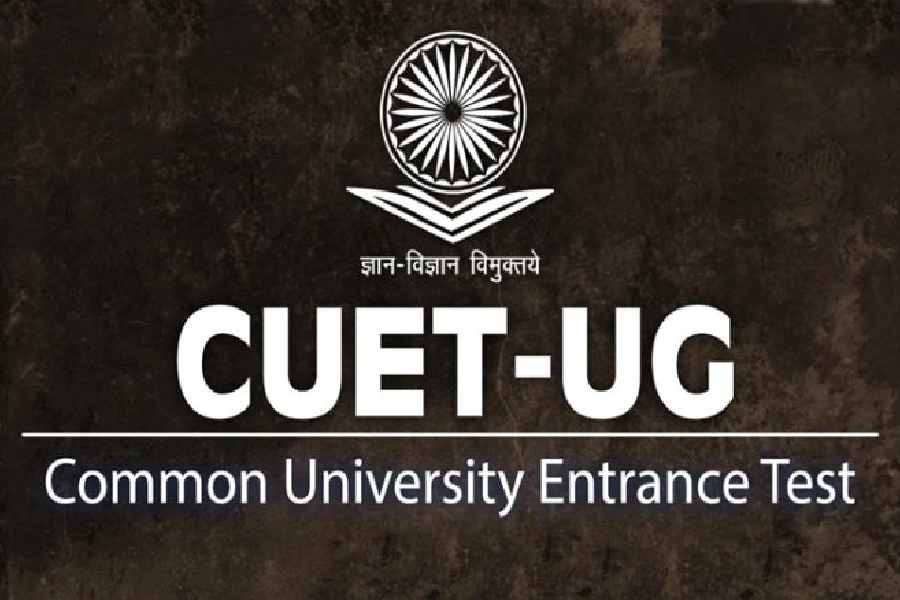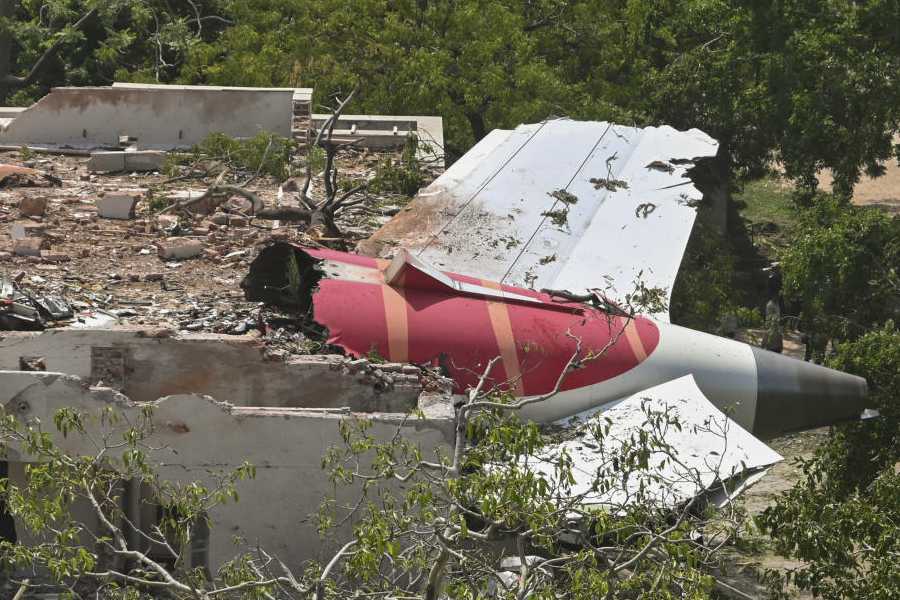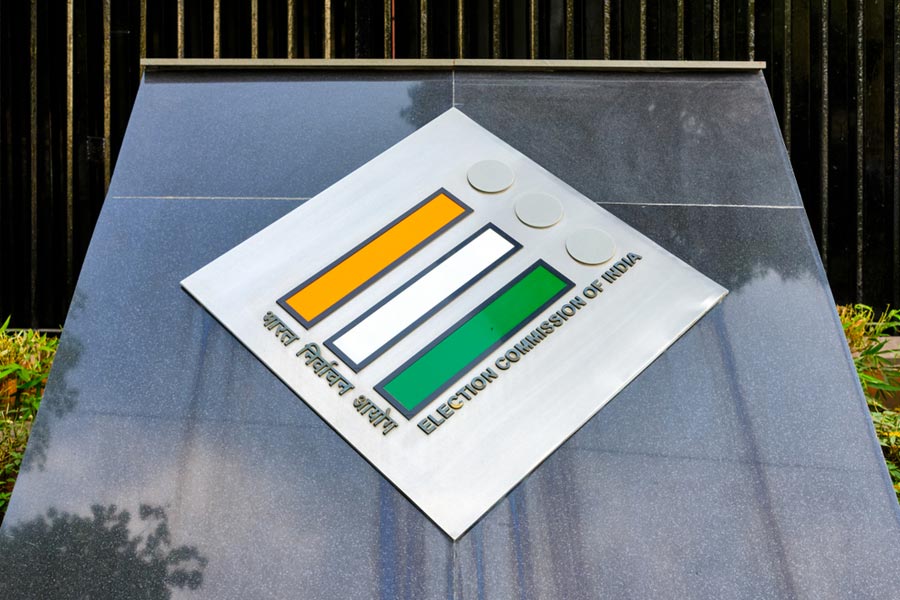 |
| Vice-President Bhairon Singh Shekhawat at the tomb in 2003 |
Yangon, May 31: For a man who died in a garage, it’s a grand enough tomb. For India’s last emperor, it’s embarrassingly run-down.
The mausoleum of Bahadur Shah Zafar, the last Mughal emperor who was exiled to Yangon in 1858 after the British quelled the Sepoy Mutiny ? or the first war of independence ? is one of India’s most visible historical links with Myanmar.
The late Rajiv Gandhi, Pervez Musharraf and Begum Khaleda Zia, each ruling over only a part of the territory to which the emperor laid claim, had been here to pay homage.
Netaji Subhas Chandra Bose ? perhaps the one man who felt most deeply the emperor’s pain at having lost the war against the British occupiers ? visited the mazar immediately after taking the “Delhi chalo’’ pledge in Yangon.
Now the mausoleum, at 6 Ziwaka Road, Dagon township, Yangon, is in danger of falling apart.
Its management committee has written to the Archaeological Survey of India (ASI), which has promised help, a team of Indian journalists were told last week during a visit as part of an India-Asean media exchange programme.
The Raj had kept the last emperor confined in a garage attached to the bungalow of a junior British officer ? a certain captain Nelson Davies.
The ruler who at 25 was initiated into the Chistiya Sufi order would not have minded the humble surroundings. The source of his anguish was different.
“How unfortunate I am who did not get to be buried in his motherland,” he had scribbled with charcoal on the walls of his cell (he wasn’t allowed pen or books). “They will play polo over my grave.”
Had he foreseen how his grave would be levelled and camouflaged?
That’s exactly what the British did after his death on November 7, 1862, at the age of 89. They entombed him in accordance with Islamic rites but hid the actual burial site.
During the digging for the foundation of a memorial hall in 1991, a grave was discovered underground which is believed to be his. The graves of Bahadur Shah Zafar and his family at ground level are probably decoys constructed by the British to ensure that nationalist sentiments centred on the last emperor were not aroused.
The British were so cautious that they did not allow any visitors to the premises for 30 years after Shah’s death.
Later, there was a proposal to shift his remains to Delhi and those of Myanmar’s King Thibaw ? who had been exiled to Ratnagiri, Maharashtra, by the Raj ? to Myanmar. But the leaders of the two countries felt that the tombs were part of their nations’ shared historical legacy and should stay where they are.
The tomb was handed over to the Bahadur Shah Zafar Trust, set up in 1935 after a court decree. The trust was suspended in the 1970s after disputes within it and complaints of corruption.
The government then appointed a supervisory committee, whose composition is changed from time to time, and the overall responsibility of the mazar was shifted from the ministry of religious affairs to the home ministry.
Indian leaders make a point of visiting the mausoleum during trips to Myanmar. The Indian ambassador and other diplomatic officials pay formal visits on national days and the Urs of Bahadur Shah Zafar. In 2004, the Indian embassy donated $4,000 for re-tiling of the mazar courtyard.
Former Prime Minister Rajiv Gandhi, during his visit on December 16, 1987, wrote in the visitors’ book: “Although you (Bahadur Shah) do not have land in India, you have it here, your name is alive?. I pay homage to the memory of the symbol and rallying point of India’s first war of independence.......that has been won.”


